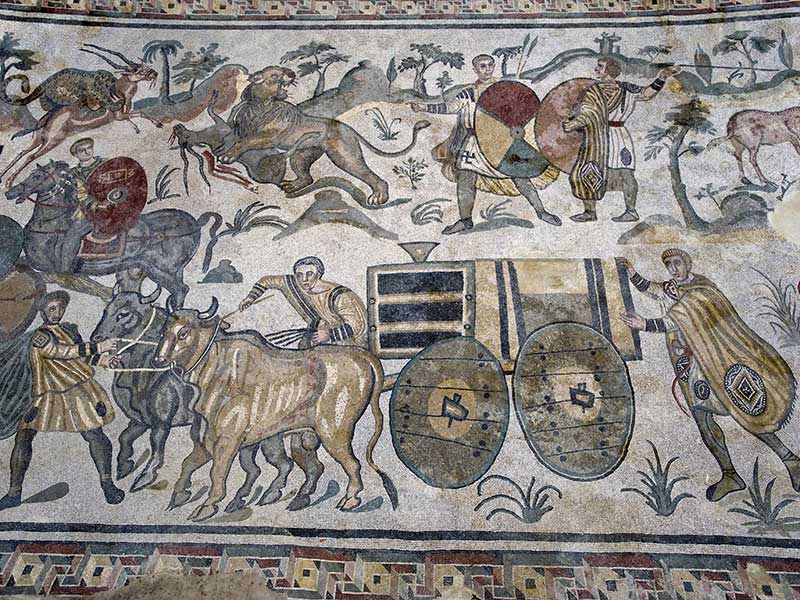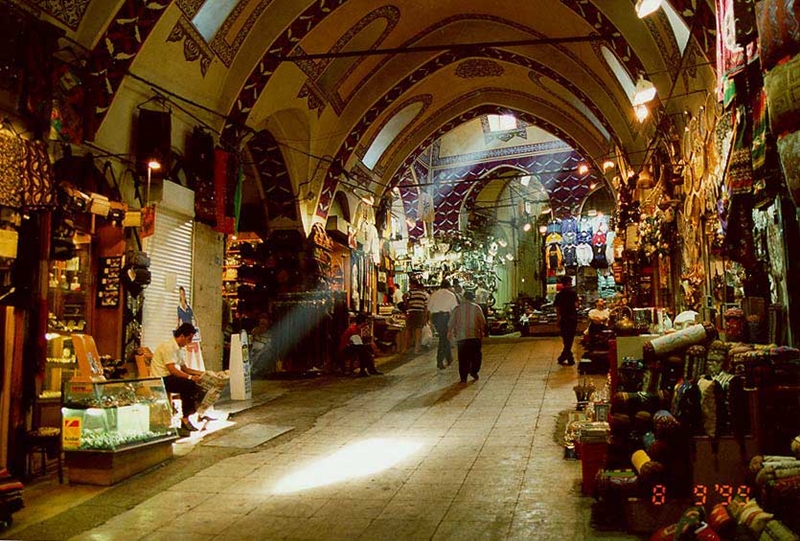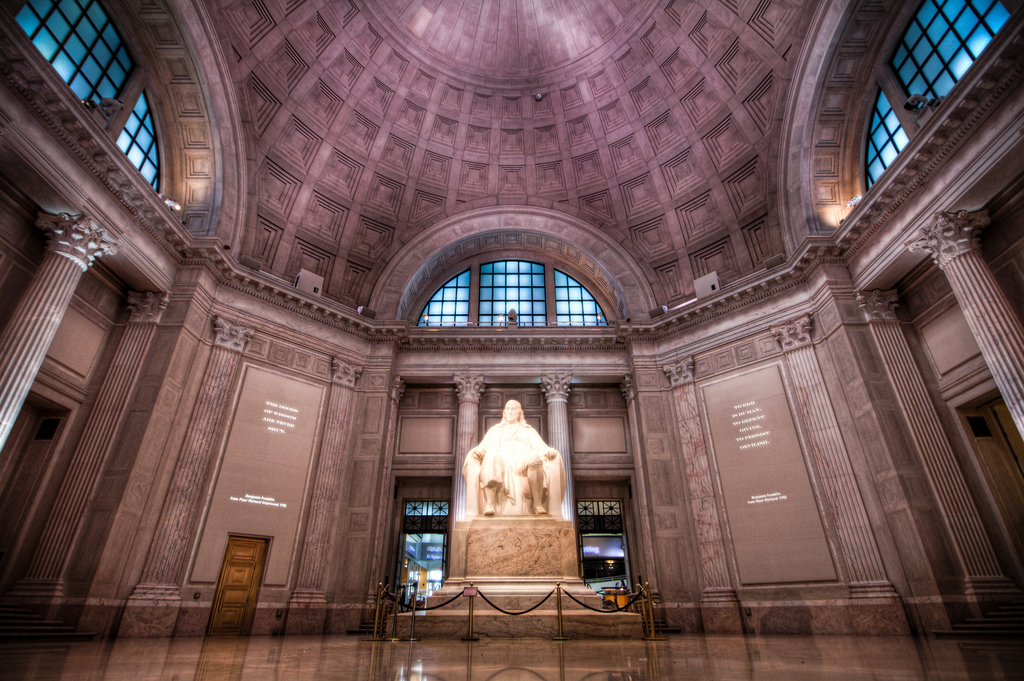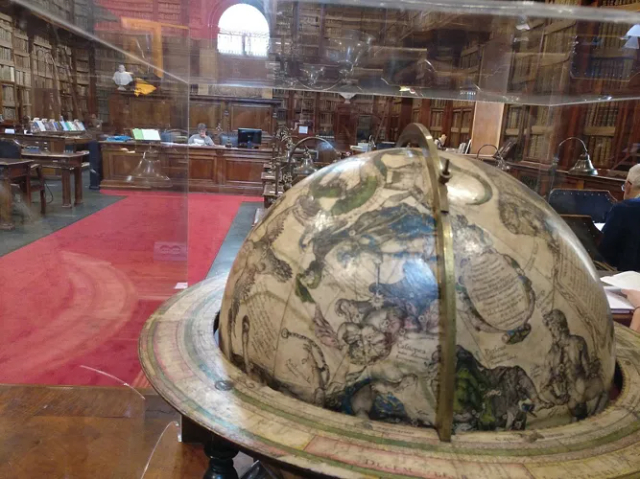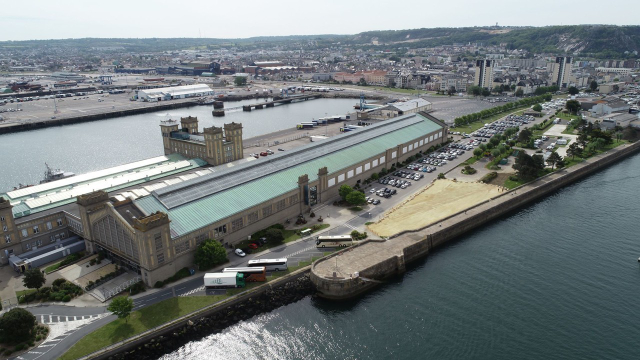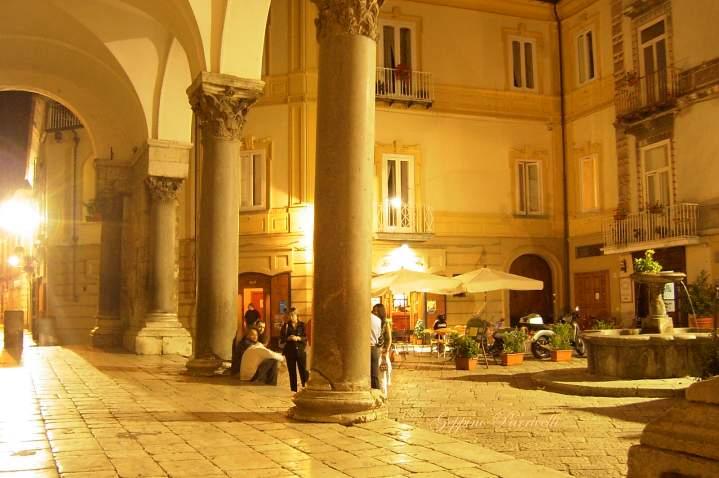Piazza Armerina, a splendid city of art nestled in the center of Sicily, boasts a long series of monuments that tell of a glorious past. The town’s pride and joy is the Villa Romana del Casale, dating back to the late 4th century AD and belonging to a powerful Roman family.
The splendid imperial villa in the Roman heart of Sicily, in the province of Enna, is a magnificent rural residence whose charm is mainly due to the enchanting mosaics, considered the most beautiful and best preserved of their kind. The result of painstaking work made of sharp and exciting images, they significantly embellish the remains of the sumptuous residence included in 1997 in the World Heritage List by UNESCO.
Due to its beauty and exceptional wealth of architectural and decorative elements, the ancient villa can be considered one of the most significant examples of a representative residence. Dating from 320-350 A.D., the villa is said to have belonged to a member of the Roman senatorial aristocracy, probably a governor of Rome (Praefectus Urbi); according to some scholars, however, it was built and enlarged on the direct commission of a very high imperial official, identified in Maximus Herculeus, a theatricarch of Diocletian.
A major excavation campaign conducted in the mid-20th century brought to light 3500 square meters of figurative mosaic and geometric-style flooring, as well as columns, statues, capitals and coins.
The lifestyle of the owner of the house is celebrated by this series of floor and wall mosaics and is manifested, with richness and eloquence, in all the rooms of the house showing obvious stylistic influences from African art, which led to the suggestion of the presence of African workers among the workers.
Different styles and narrative cycles can be distinguished in the mosaics: one dedicated to mythology and Homeric poems, the other with references to nature and scenes of daily life of the Roman aristocracy.
Four distinct areas have been identified among the remains of the villa: the monumental entrance with a horseshoe-shaped courtyard; the central body of the villa, built around a courtyard with a garden; a large hall with three apses (trichora), preceded by an ovoid colonnade, around which rise several rooms; and the bath complex.
December 2012 saw the completion of restoration work that for several years involved the mosaics and wall paintings.
Many rooms that can be visited today: The baths area; the porticoed entrance court and the honorary arch; the Vestibule and the peristyle portico; the service rooms, including the "Little Hunt" room, the "Big Hunt" corridor and the "Palestrite" room; the northern master apartments with the mosaic of Ulysses and Polyphemus and the room with Cupid and Psyche and the southern master apartments with the mosaic depicting the Myth of Arion and the room of Eros and Pan; the Triclinium and portico; and the Basilica.
Piazza Armerina surrounded by greenery
The city of Piazza Armerina stands on the Monti Erei inland from the Gulf of Gela. The city is surrounded by the forests of the Ronza Park and numerous areas of scenic interest such as the Olivo Dam and the archaeological site of Montagna di Marzo, also surrounded by greenery.
Also nearby is Lake Pergusa, located within the enchanting reserve of the same name. Also in the surrounding area is the Rossomanno Grottascura Bellia Oriented Nature Reserve.
